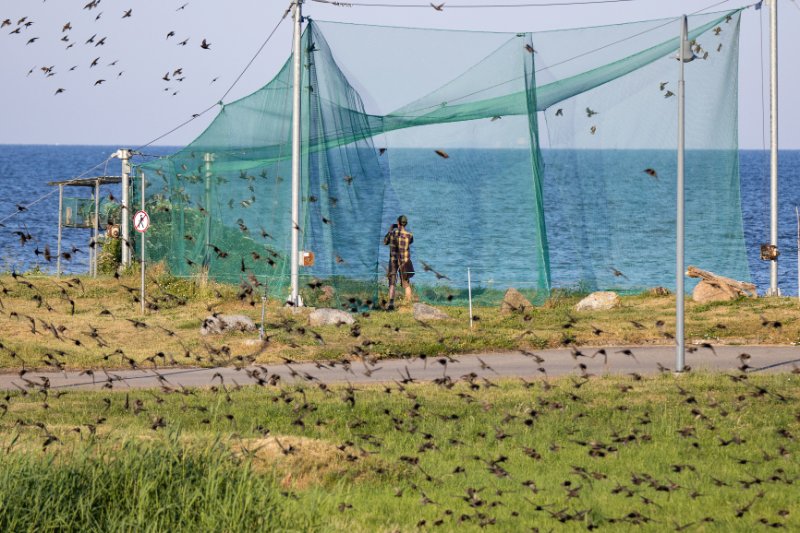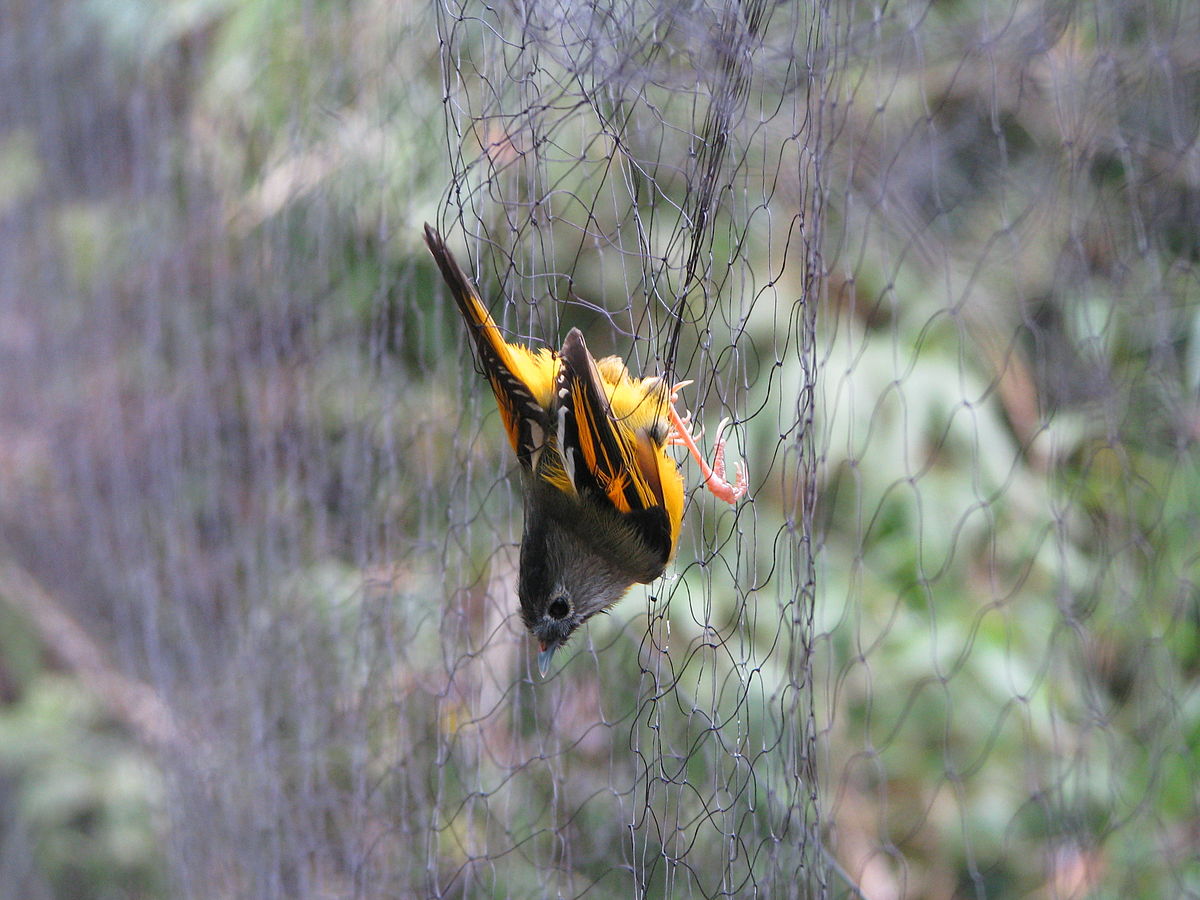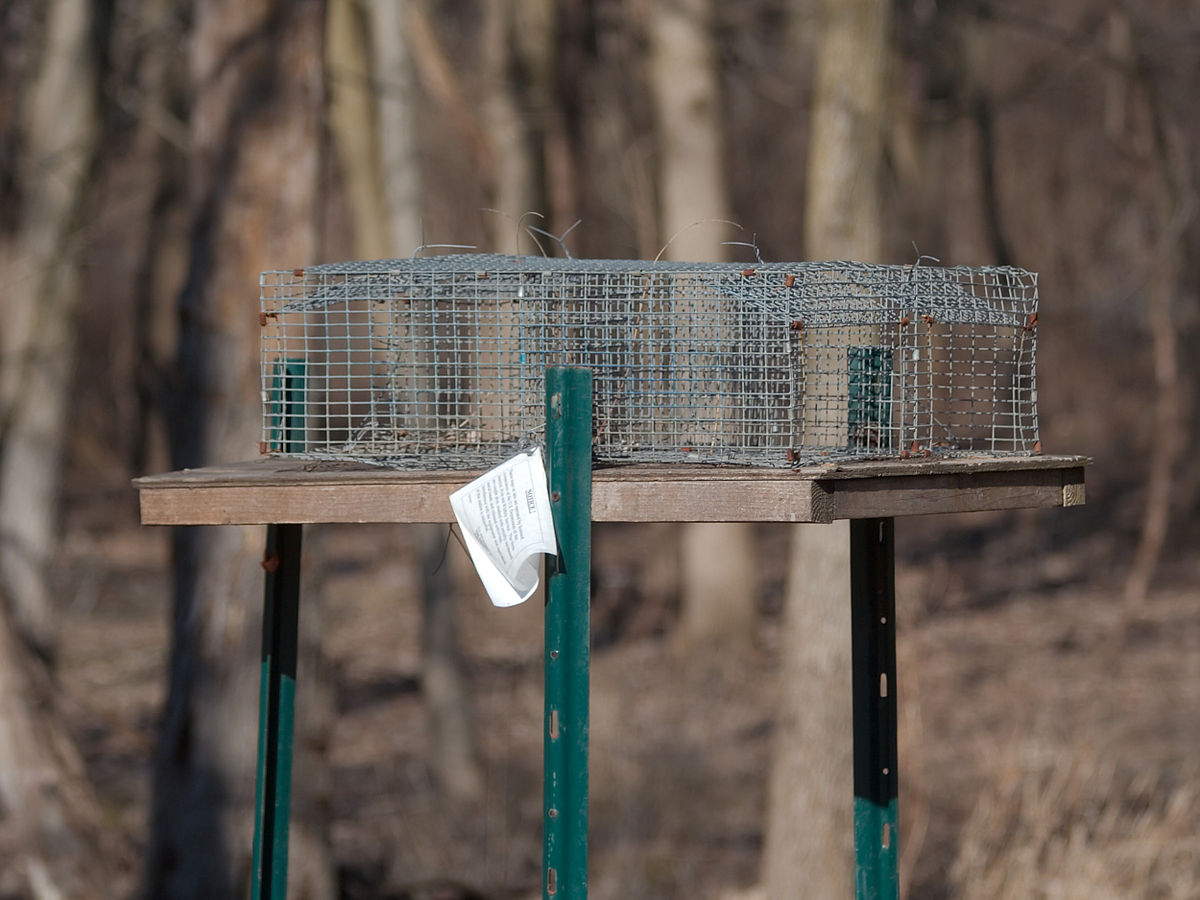When it comes to safely managing avian pests or studying birds, bird traps are the go-to solution. These unique tools allow humane capture and control of species that may be causing property damage, spreading diseases or creating noise. It’s important to note that any trapping should be done responsibly and in compliance with local laws and regulations.
Nuances of using Bird Traps

Trapping decisions are influenced by several factors, from the severity of the problem caused by the bird species, to the intent behind trapping. Are you catching a bird to relocate it? Is this for a research purpose? Or, is the target bird posing a significant threat? But that’s just the tip of the iceberg. There are several other considerations you need to keep in mind:
- The species of the bird
- Migration patterns
- Season of the year
- Trap location
- Local laws and required permits
Exploring Types of Bird Traps
Different scenarios require different types of bird traps. Let’s delve into some of the common ones in use:
Mist Nets

Mist nets, which are often used to gently capture small birds and bats, are popular in settings with irregular passageways. They are designed with bird safety in mind, but require frequent monitoring to prevent injuries.
Closing Net Trap
This type of bird trap is a hybrid between mist and enclosure nets. Depending on the size, you can use these traps to catch anything from pigeons to woodpeckers to larger birds like grackles and ravens.
Freestanding Trap
Larger birds require larger traps, hence the freestanding traps. These traps allow room for trapped birds to move around without emitting distress calls.
Enclosure Trap
An enclosure trap, often placed on the openings in buildings or birdhouses, is useful for catching birds that would otherwise fly out.
Falcon and Hawk Traps
For falcons and hawks, noose, bownet, bal-chatri, and dho-gaza traps are the top choices. These traps rely on entanglement for capture.
It’s advisable to consult professionals before attempting to capture birds of prey. Also, remember to comply with local guidelines, consider practicality and safety, and ensure the captured birds do not suffer in the process.
Ensuring Bird Safety in Bird Traps

Mindful preparation and management are crucial when using bird traps. The traps should offer protection from harsh weather conditions. Regular inspection, proper provision of food and water, and swift actions post-capture are important steps to ensure bird well-being.
Remember, bird traps can be an excellent tool for bird management or study when used responsibly, ethically, and in compliance with local regulations.